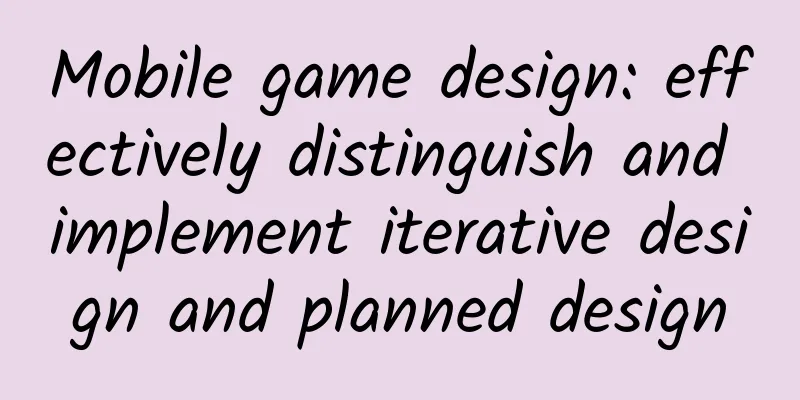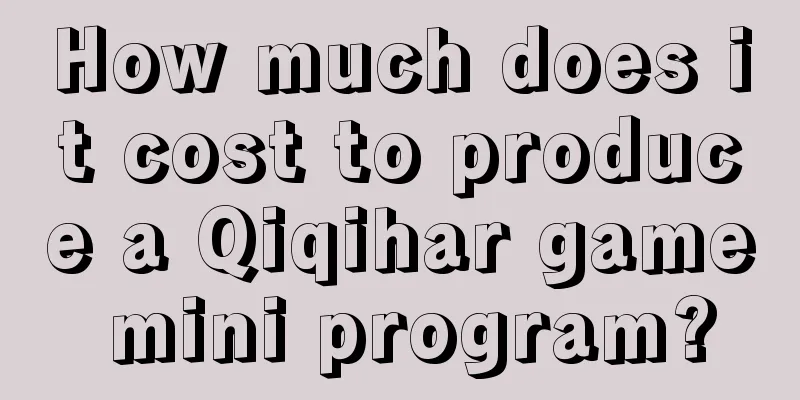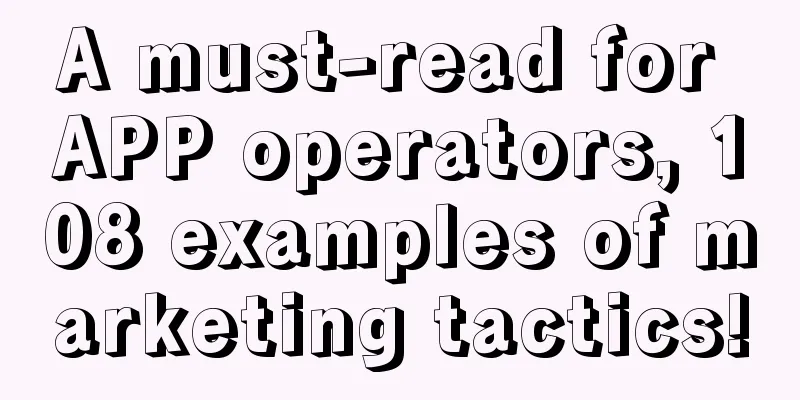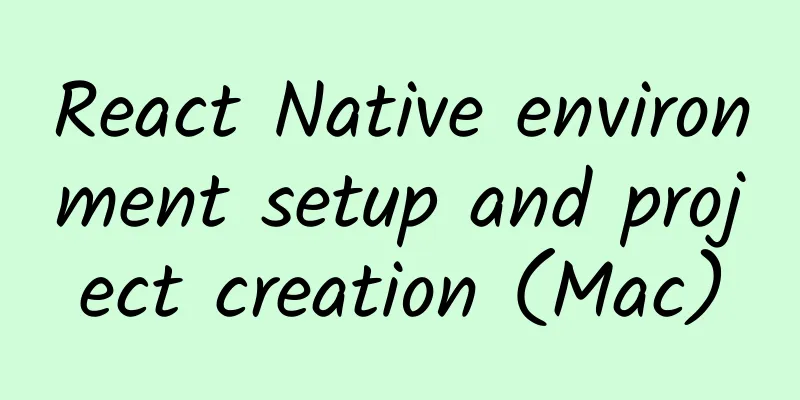Mobile game design: effectively distinguish and implement iterative design and planned design

|
Mobile game design usually follows two main design principles: Iterative design = get some core mechanics right and keep iterating until you create something fun; this is some initial, unexpanded design before development; Planning and design = thinking about all functions, every level page, and all relationships and interactions between major functions before starting any development. Typically iterative designers come from the PC world, which is used to selling pre-packaged non-free-to-play content for a specific fee with a high level of fun. They usually come from the casual design world, which is working on games with high retention and low monetization. In my opinion, too many people go too far with iterative design. They subscribe to a religion around MVP (minimum viable product) and use the MVP approach as a crutch and a lame excuse for not thinking enough about the features. Adopters of this approach often make comments like: “We can iterate on that later.” "We don't have to worry about profitability right now, we just need to create fun." Unfortunately, non-technical designers fail to understand that game code is not a flexible resource. It's not like creating and rebuilding Lego bricks. Unlike Play-Doh, you can't make significant changes without incurring any cost: code (especially game code that contains a lot of hard-coded code) is relatively inflexible. I'm going to take a relatively extreme view here and emphasize that many iterative game designers in the mobile, free-to-play space are in a dangerous state and are in danger of destroying the entire game team through their own laziness. The new mantra for the mobile game development process shouldn’t be to focus on the MVP, but on something more. Kim Theory: Develop the minimum feasible product based on the most feasible plan. The mobile gaming field can be very tough for those who are not willing to invest the time and effort to think about their designs. I often see situations like this: Implementing and developing some semi-finished ideas that have not been effectively designed or improved; Too many designers chase the best-selling game designs and try to bring new features to existing games that don't actually make sense; Not really thinking about whether all the features in the game can be effectively combined and how they relate and interact with each other. For all the designers out there who find themselves in these situations, here’s some advice: Stop! You are in real danger. You are destroying the entire game development. You are wasting precious time and resources that you could have saved with better planning. Accelerating design = delaying overall development. Rushing to add some new half-baked features will only increase development costs. So how can we plan better? This boils down to the following key tasks:
Finally, there are situations where a planned approach makes sense for an interactive approach. Trying out a completely new approach to the game has significant risks. Again, this is not about over-planning. You should plan as I suggested above to make sure it makes sense for your feature, game type, goals, etc. The specific situation you face will determine the optimal feasible plan you take. There is no single answer that works for all situations. Depending on the scenario, you’ll usually need to make more plans for the following types of games:
Graphic overview: When to use iterative vs planned design? Screenshot (from gamasutra) Summarize: I hope this article helps you increase your product’s chances of success through better planning. You need to understand when to focus on planning and when to focus on iteration depending on the situation. Use the above practices to reduce the number of iterations during the production phase of game development; most planning work should be done during the pre-production phase. |
<<: New trick to increase App user activity: free data flow
>>: The ultimate showdown! Sketch, the new tool, vs. Photoshop, the classic tool
Recommend
New gameplay | The banner style of the Super Fan Pass main page has been upgraded!
The marketing environment is changing rapidly and...
3 tips to tell you why your advertising is not effective!
This is an era of information bombardment, and al...
(How long can the short video industry last) Is there still a future for short videos?
At present, the self-media short video industry i...
How to write search advertising promotion creatives?
What is creativity? Creativity, in simple terms, ...
Expert Tips | Factors that influence inclusion in Xiaohongshu!
Why can't I search for the notes I posted? Wh...
QQ is openly building its defenses while Alipay is secretly making moves. Who will win in this year's red envelope battle?
Will the three-year Spring Festival red envelope ...
Is the investment cost of Baotou Tourism Supplies Mini Program high? Baotou Tourism Products Mini Program Investment Fees List
How much does it cost to attract investment for t...
15 practical courses to quickly master AI from scratch
Introduction to 15 practical compulsory courses f...
.NET is open source, Visual Studio starts to support Android and iOS programming and comes with an Android emulator
At the Connect() conference held early this morni...
Quark Product Operation Analysis Report
With the widespread promotion of mobile Internet,...
2020 Teacher Gu's Modeling and Color Intermediate Class
2020 Teacher Gu's Modeling and Color Intermed...
Detailed explanation of 9 new features in iOS 10 Gif, listen to the sound of your kidneys crying
[[167343]] The moment for Apple fans to recharge ...
The story Intel and Linux have to tell
[[121389]] Recently, Linux announced the Dronecod...
What advertising resources does Meitu have?
After the full opening of Meitu Information Flow,...
Baby Safe Medication Guide Upgraded Disease Care Guide
Baby's safe medication guide upgraded version...









